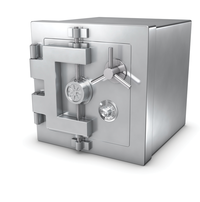Secureand Sound
ZFS is one of the most advanced filesystems, and now it can be used natively on Linux. One drawback is that native ZFS encryption is not available, but this article shows how use Linux's disk encryption to install Ubuntu onto an encrypted disk with ZFS.







